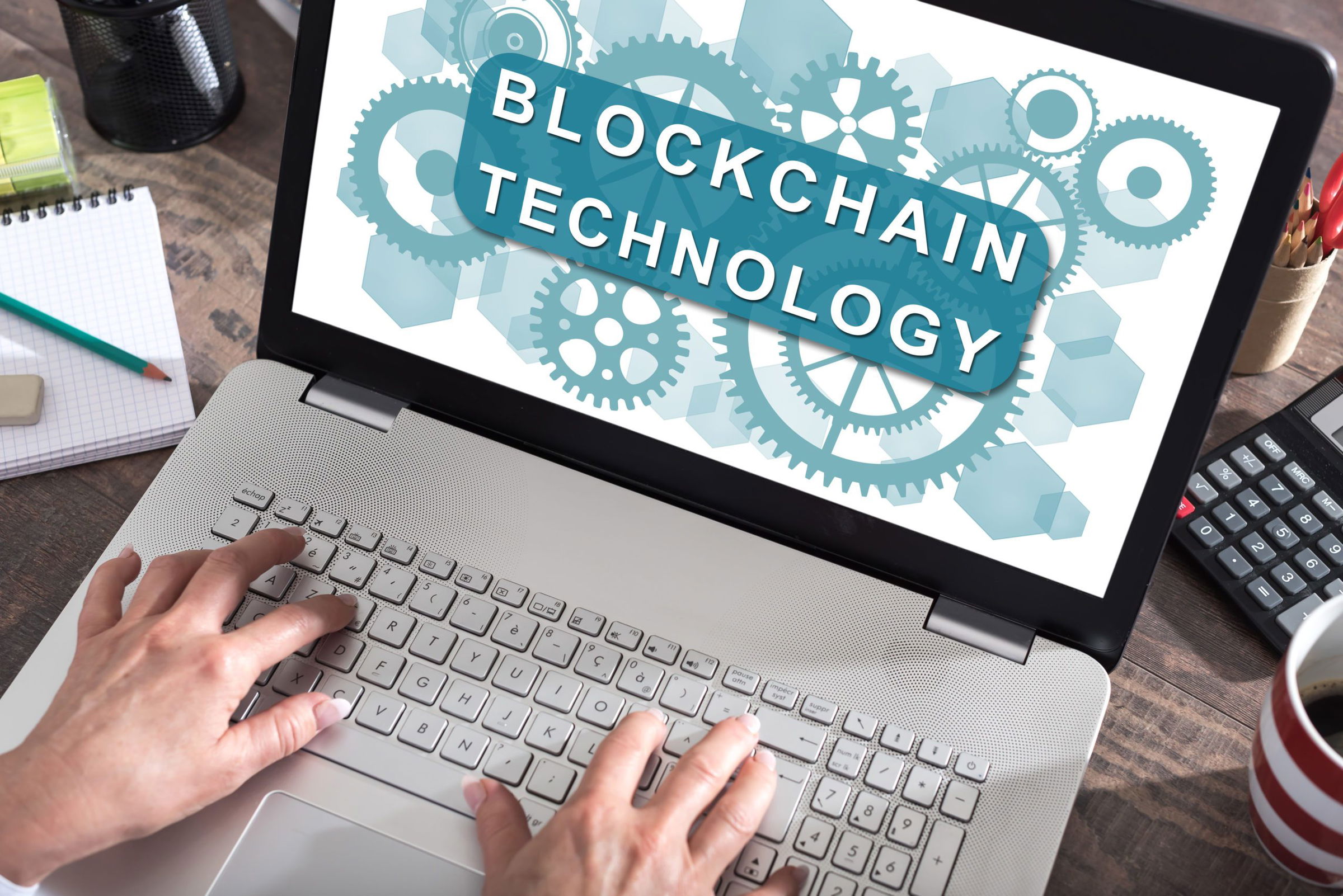Last updated on February 25th, 2021 at 11:39 am
Reading Time: 3 minutesWhat is Blockchain?
The latest phase of industrialisation is filled with ingenious inventions. Blockchain is considered a ground-breaking technology that has the power to change the world. The Blockchain technology can transform the way we do things on a very fundamental level; it is considered even a bigger breakthrough than the internet which is something.
However, the Blockchain technology is still in its nascent stages and there’s so much that we are yet to discover. So, what exactly does Blockchain mean? Blockchain can be formally defined as the distributed ledger technology that is decentralised and record digital transactions which cannot be altered after input.
The use of cryptography along with decentralisation creates more transparency and instils accountability in the system. Most of us know Blockchain from one of its major applications that is crypt-currencies. It became popular as the revolutionary record-keeping technology behind the Bitcoin. Let’s find out how does the Blockchain technology works.
How Does it work?
How does the Blockchain technology work? Well, that’s a common question from people who are not very familiar with the technicality of this technology. At the core of the Blockchain technology resides the idea of decentralisation and transparency that brings more accountability in the process.
For a basic analogy, you can think of this technology as equivalent to a spreadsheet that is shared with a few people. Now changes made by any individual can be view by all the people and they would easily recognise the person behind this new development. This brings more transparency and accountability in recording a particular transaction.
Blockchain is very different from the spreadsheet and much more advance but it works along with the same principles. The three important terminologies related to Blockchain that you must be aware of are blocks, nodes and mining. Every chain is formed by multiple blocks and each block has three respective elements; the data, nonce, hash.
New blocks are added to the chain through a process called mining. Miners create new blocks on the chain through the process of mining which helps with the new addition. Now mining is not as simple as it sounds and requires Blockchain experts. There are plenty of Blockchain online courses that you can choose from and develop your skillset.
Each block has a unique hash and nonce value and the blocks also have the hash reference from the previous blocks. This is done to maintain the block’s uniqueness and connect it with a valid block so that the information can be traced properly. Let’s talk about the third component that we call nodes.
Nodes are all about the decentralisation aspect of this revolutionary Blockchain technology. It is very important to understand that any single computer or organisation or entity cannot own the chain, it will defeat the purpose of transparency and decentralisation. Nodes can be understood as any form of electronic device that has copies of the Blockchain and helps the network to function.
The network must approve algorithmically the mining of a new block for updating and v verifying the chain. This instils transparency since every new update can be traced and verified. A unique identification number is provided to participants that help to trace their transactions. This identification number is a combination of alphabets and numbers.
Blockchain has the power to dramatically reduce the chances of corruption by ensuring transparency and accountability. This is very useful in the case of any public information as it helps to track the source of change and creates a sense of integrity through its checks and balances. Blockchain has numerous other applications in addition to crypto-currency in the field of healthcare, insurance, supply chain, etc.

